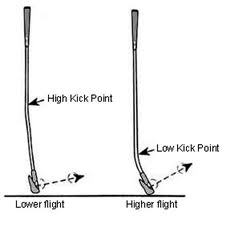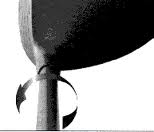Hello Golf Circuit Fans!
I’m back with the final installment in our series of selecting the right shaft for your game. In our last three posts we’ve focused on shaft flex, shaft weight, and shaft torque. Today, we’re zeroing in on one final element of proper shaft selection – kick point.
The kick point of a golf shaft refers to the place where it bends or flexes at impact, or how the flexibility of the shaft was distributed along the length of the shaft. Today this may also be referred to as the bend profile or bend point of a shaft, but it really means the same thing.
There are a few things that golfers should keep in mind when evaluating the kick point of a shaft:
- As a general rule shafts with low kick points will encourage a higher ball flight, so golfers looking for a higher trajectory should seek shafts with low kick points, and golfers seeking a lower trajectory should seek shafts with lower kick points.
- Golfers with quick tempos and high swing speeds will generally prefer shafts that have a stiffer butt end, and golfers with smoother tempos and lower swing speeds are likely to prefer shafts with softer butt ends.
- The later you release your club the stiffer you will want the tip end of the shaft to be to encourage optimum launch conditions. If you tend to release the club early you will want to look for a shaft with a softer tip section.
It’s also important to keep in mind that kick points or bend profiles are not uniform between shaft manufacturers, and they also may differ between shaft flexes and weights. This means that one shaft’s high kick point may not correlate directly to another’s. Ultimately, it’s important to experiment with different shafts to see which fits your swing best.
Well – that wraps up our series on selecting the right shaft for your game! Hopefully these four posts have been informative and give you some guidance when it comes to selecting the right shaft or shafts for your game, and with the new interchangeable technology in many of today’s newest driver’s experimenting with different shafts can be a lot of fun as long as you understand the elements that affect performance!
Until next time,
James
Golf Circuit PGA Teaching Professional
Click Here ====> Check Out Golf Circuit’s Great Selection of Shafts!


